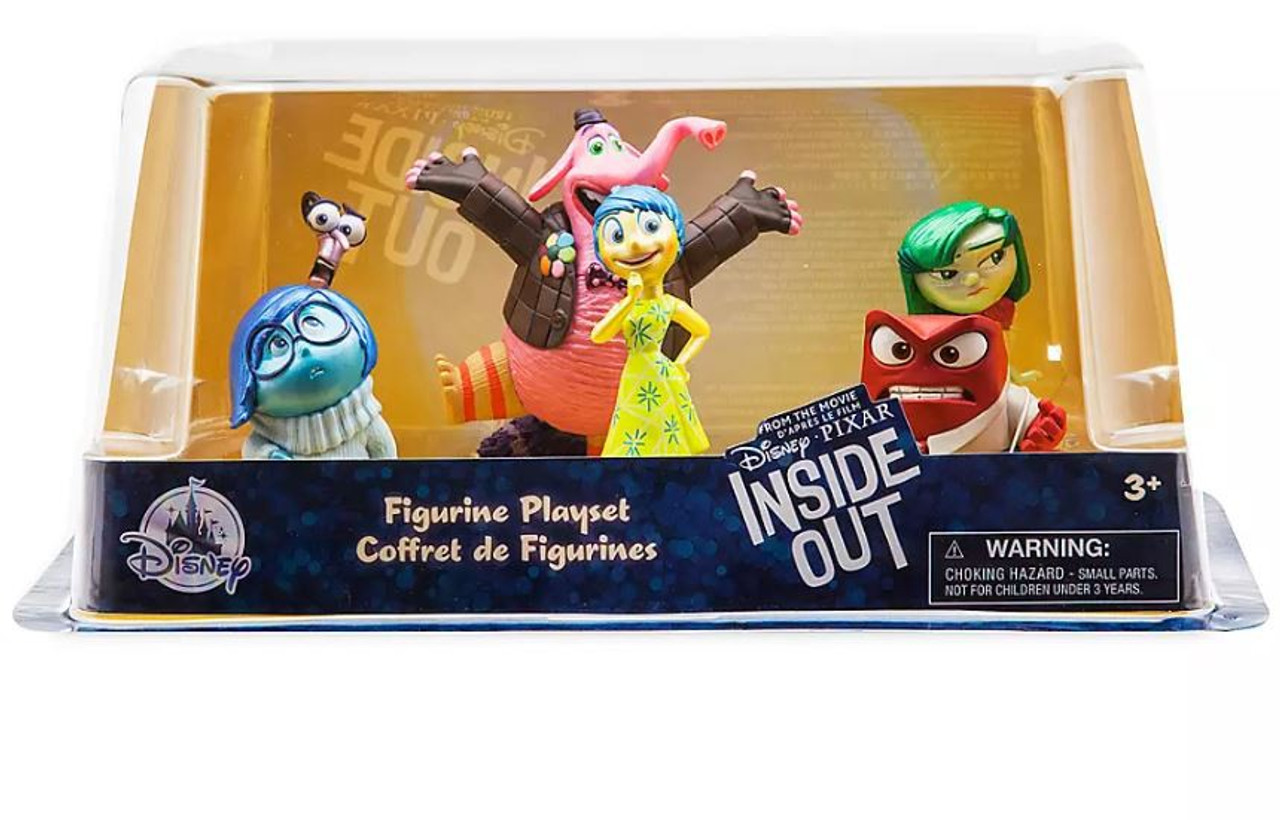

Initially performed on solo piano, it gradually grows to encompass guitars, strings doubled by light woodwinds, a harp, and, unusually, glass bowls. The cornerstone of the score is Riley’s theme, which is introduced in the opening cue, “Bundle of Joy”. Giacchino’s score can pretty much be split into two schools of thought: representations of the emotions that Riley feels, and music to accompany the things that happen to Riley’s emotions inside her head, although this is not absolute, and there’s lots of crossover, as one would expect with the two ideas being both physical and metaphysical representations of the same person. This is Giacchino’s fifth score for Pixar, following on from The Incredibles, Ratatouille, the Oscar-winning Up, and Cars 2. Contributing enormously to the success of this is Michael Giacchino’s clever score, which – much like the film itself – seems too happy and breezy on the surface, but is in fact deeply felt underneath. The balance between broad humor and pathos is perfect, and the film is thankfully not afraid to portray more negative emotions in a genuine way. The film is a masterpiece of concept, design, and emotional depth somehow, it manages to convey such complicated notions as abstract thought, dreams, subconscious fears, the onset of puberty, and more nuanced emotional combinations, in a way which is easy for children to understand, but also allows adults to connect with it too. After one particularly traumatic event on the first day at her new school, Joy and Sadness are accidentally swept out of the Headquarters where Riley’s conscious thought is processed, and into the labyrinthine storage area where Riley’s long-term memories are kept as such, the mis-matched pair must find a way to return to HQ, where Anger, Fear and Disgust have been left in control. Inside Riley’s head, the five emotions – Joy (Amy Poehler), Sadness (Phyllis Smith), Anger (Lewis Black), Fear (Bill Hader), and Disgust (Mindy Kaling) – try to guide her through this difficult, life-changing event throughout her life to date, Joy has been Riley’s dominant emotion, but ever since the move Sadness has been inexplicably compelled to move to the forefront. The film follows Riley, a happy 11-year-old Midwestern girl, whose carefree life is thrown into turmoil when her parents move to San Francisco. The conceit of the story is built around the theory developed by renowned psychologist Paul Ekman that the human experience is built around six core emotions: anger, fear, sadness, disgust, and joy. As such, directors Pete Docter and Ronnie Del Carmen stepped up and produced Inside Out, a beautiful, moving portrait of what it means to grow up.

The last couple of Pixar movies – Cars 2, Brave, Monsters University – have been comparative disappointments by their ludicrously high standards, and a turnaround in fortune was required.


 0 kommentar(er)
0 kommentar(er)
